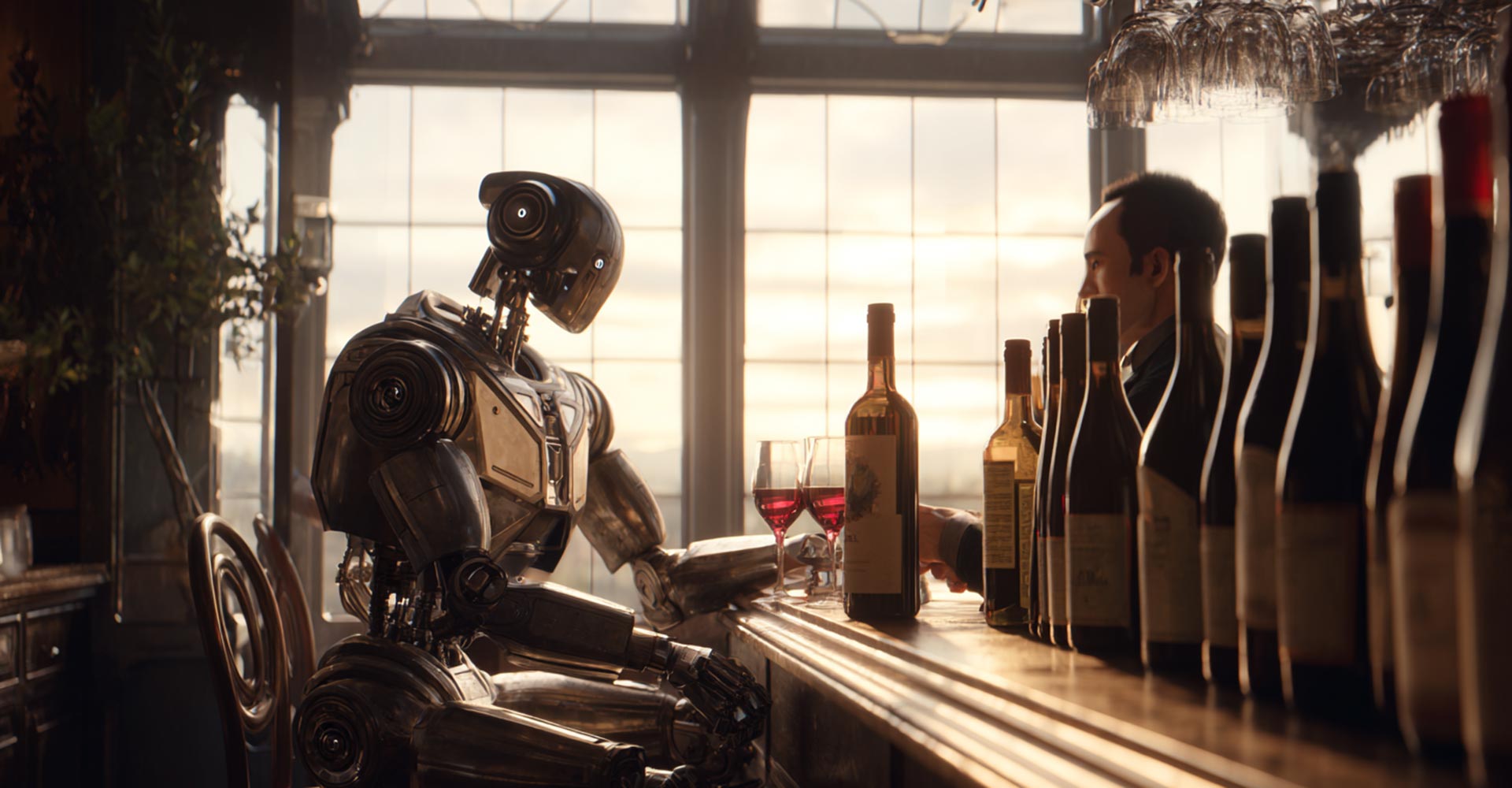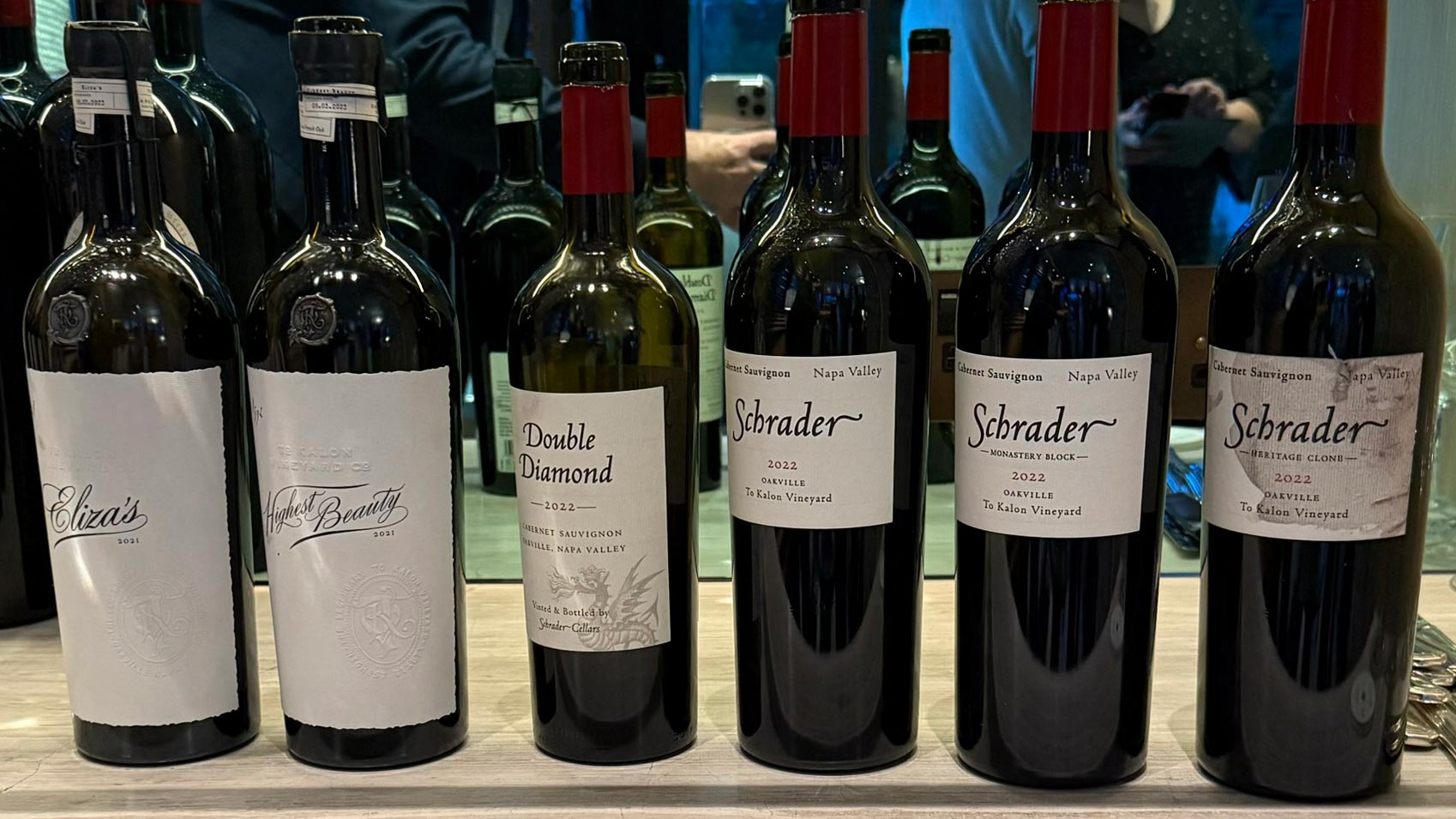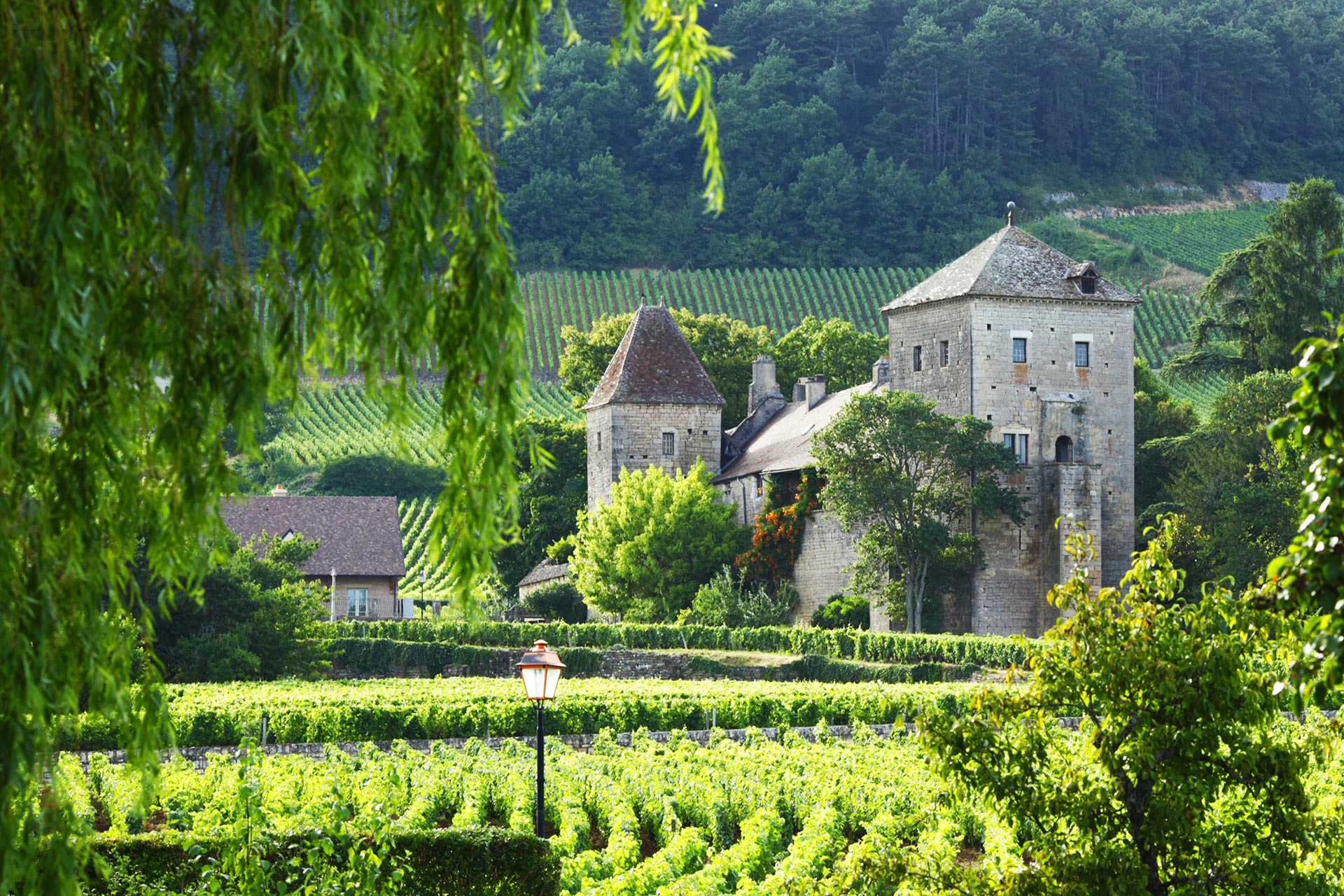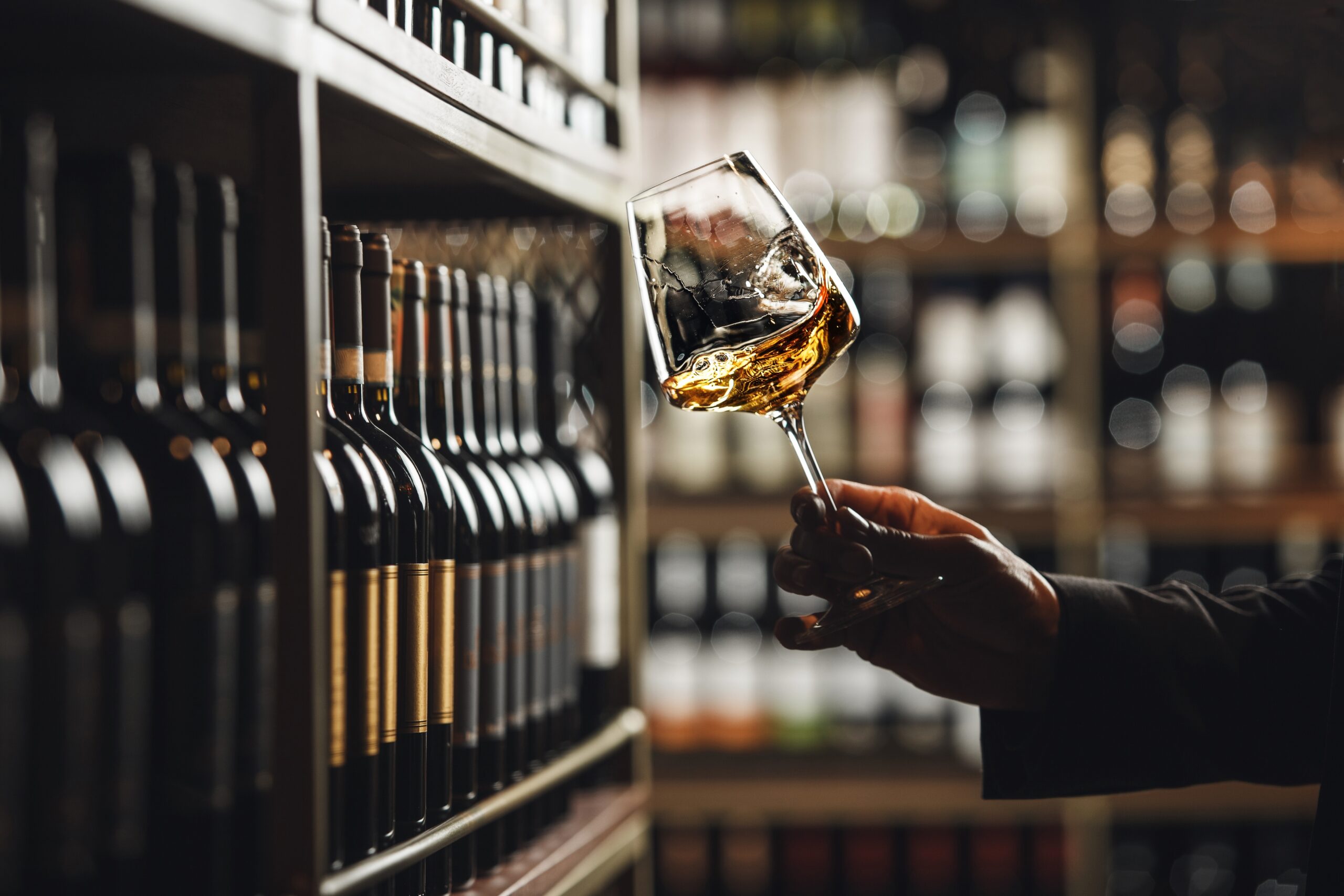Wine lists: they’re not just menus, they’re love letters. A great one is equal parts brand manifesto, storytelling device, and profit machine. Sommeliers have spent centuries fine‑tuning the art: knowing when to slip in a quirky Grüner Veltliner amongst the safe Chardonnays, or choosing that small family winery over the mass‑produced label because values matter as much as varietals. But can artificial intelligence, armed with a database instead of a palate, really compete?
The Sommelier’s Superpowers (No Algorithm Required)
A human‑crafted wine list isn’t just inventory management—it’s a curated journey. It starts with a vision. A farm‑to‑table bistro list should feel very different to a power‑steakhouse list. The sommelier is part storyteller, part psychologist, part CFO. They’re matching acids with fats, structuring choice so you don’t panic at page three, and making sure the Bordeaux pays for the orange wine experiment in the corner. All this while smiling, reading your mood, and deciding whether tonight is the night to upsell you a bottle or suggest a by‑the‑glass adventure.
AI, let’s be honest, doesn’t smile.
What AI Actually Does Well
Generative AI, like ChatGPT and its cousins, is brilliant at the boring stuff. It can chew through thousands of distributor PDFs faster than you can say “Pinot Noir,” extract the essentials, and spit out tasting notes that sound convincingly like they were written by a sommelier on their third espresso. It can sort wines by body, acidity, or style, lay out your list in seconds, and keep inventory synced so the Merlot that sold out at 7:45pm doesn’t awkwardly reappear at 8.
It’s also got a talent for data. Plug it into your point‑of‑sale and it’ll tell you which wines are your cash cows, which are quietly gathering dust, and which need a cheeky discount before they turn into very expensive vinegar. Some platforms even promise to personalise recommendations at the table. That’s either magical or mildly terrifying, depending on how you feel about robots knowing your palate.
Where AI Falls Flat
Let’s be clear: AI cannot taste. It cannot raise an eyebrow when you order Sauvignon Blanc with steak. It doesn’t know that the Beaujolais you’ve just poured sings with the chef’s duck confit special. And it certainly doesn’t tell stories about meeting the winemaker in a damp Tuscan cellar that had more cobwebs than barrels. AI can mimic style, but it can’t replicate soul.
Worse, it sometimes makes stuff up. That “2018 Albariño from Burgundy”? Yeah, that doesn’t exist.
The Hybrid Future: Sommelier + AI
The smartest restaurants won’t be choosing between human and machine. They’ll be pairing them. Let AI handle the spreadsheets, predictive analytics, and first drafts. Let sommeliers taste, select, and weave the narrative. This isn’t about replacement; it’s about amplification. The sommelier of tomorrow will be as comfortable prompting an AI as they are pouring a perfect glass of Burgundy.
Think of AI as the cellar assistant: organised, tireless, and blissfully unaware of hangovers. The sommelier remains the maître d’ of meaning, delivering that irreplaceable human connection.
The Final Pour
AI may keep your wine list leaner, smarter, and more profitable. But it will never replace the sparkle in a sommelier’s eye as they slide a bottle across the table and whisper, “Trust me, you’re going to love this.” And that’s what makes wine—like life—worth savouring.



